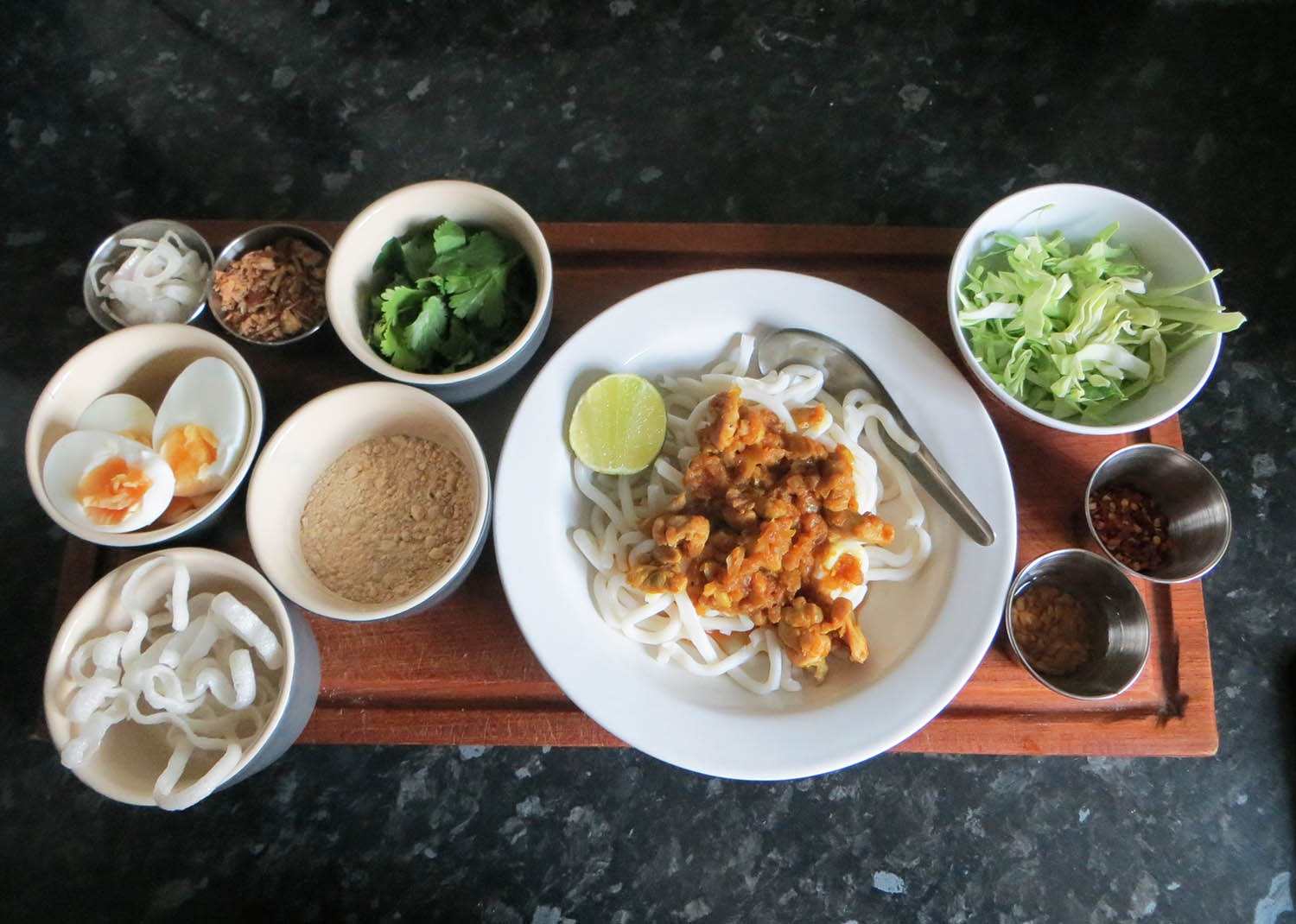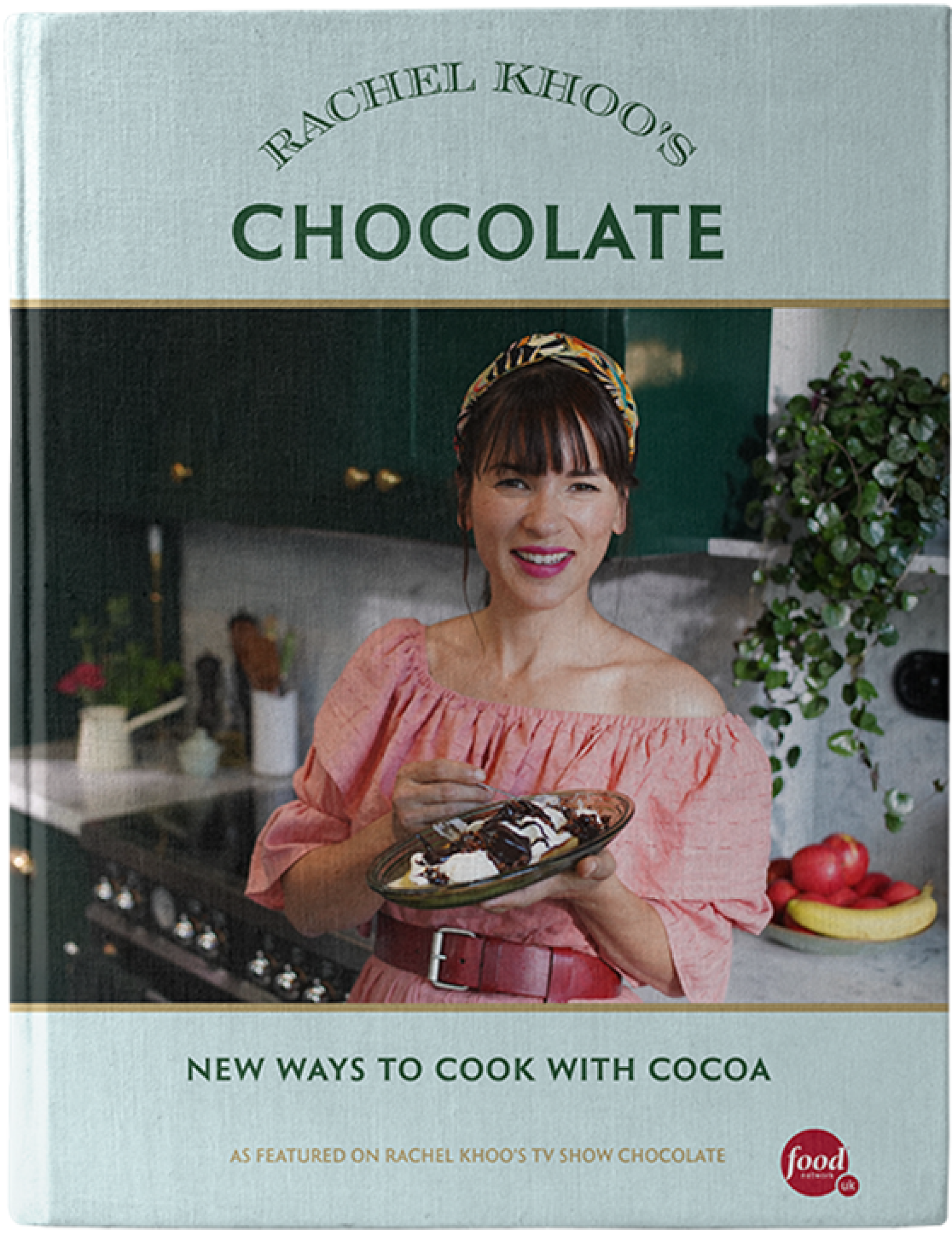Meet the sisters creating a buzz about Burmese cuisine in London
***Rachel Khoo would like to thank all the inspiring people who helped make the Khoollect studio a hive of creativity. Although the Khoollect studio’s doors have now closed, you can keep up with Rachel’s newest adventures on RachelKhoo.com and on Rachel’s Instagram and Facebook pages – and, continue to enjoy the Khoollect website’s stories and recipes, which will remain available.***
You may also like

Craft the Rainbow: Brittany Watson Jepsen leads a colourful life

The fashionista who got her start by nightclubbing

'My work resonates with the purest soul of Italy' — Eleonora Galasso








Hi,
The recipe is not available on your website, please could you either upload it or send it to me via email? I went to Burma 5 years ago, and love the food, would love to attempt this dish at home.
Thank you,
Prema
Hey Prema, the link should be fixed now. Enjoy!
[…] We were also lucky enough to be featured in an article on Rachel Khoo’s website, Khoollect. […]